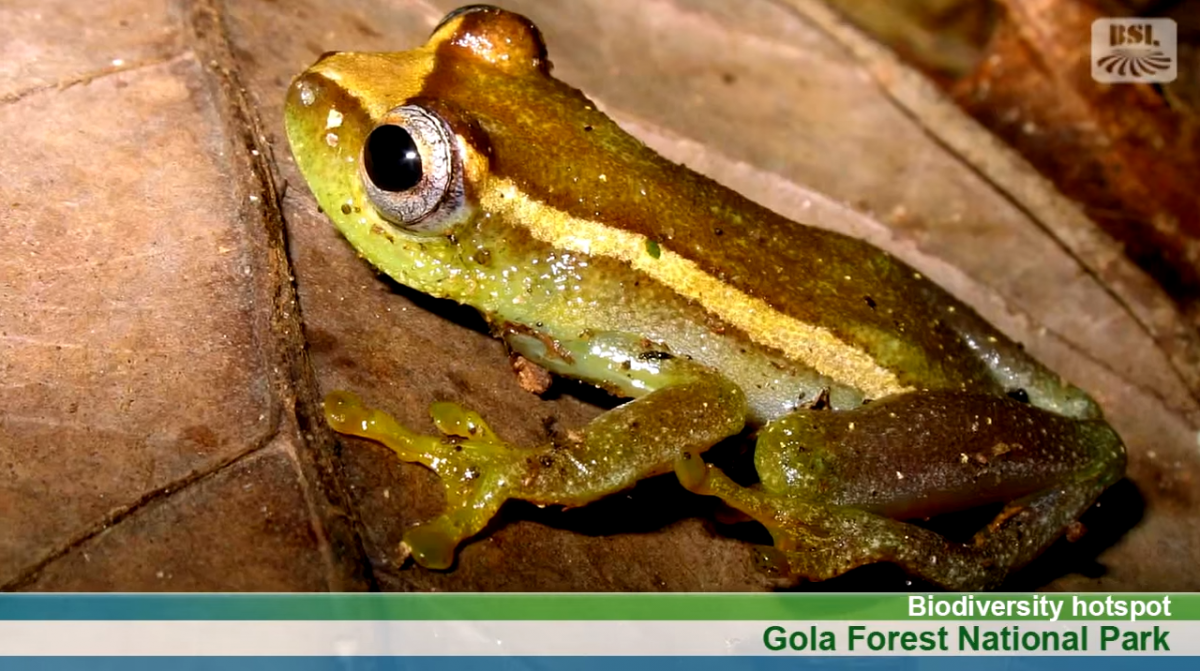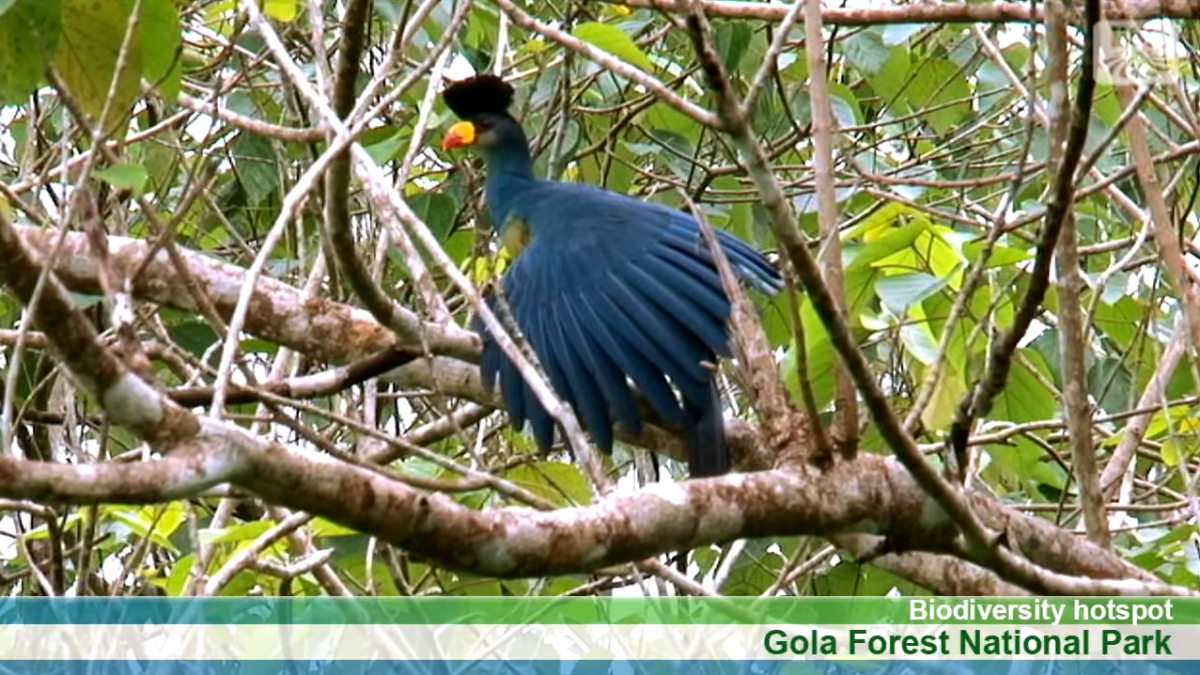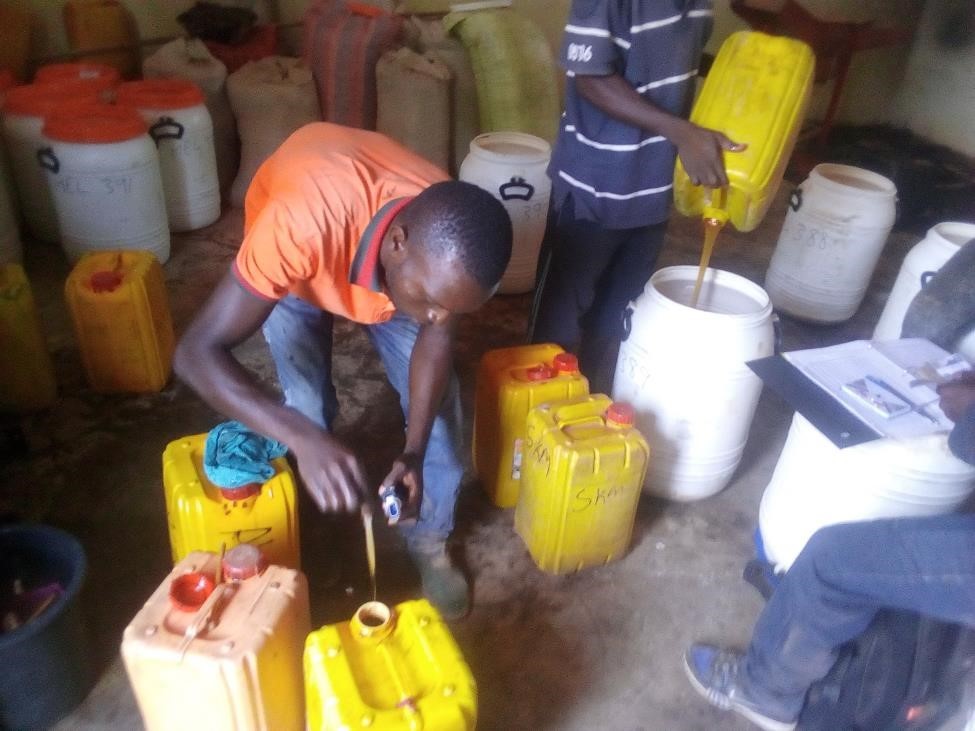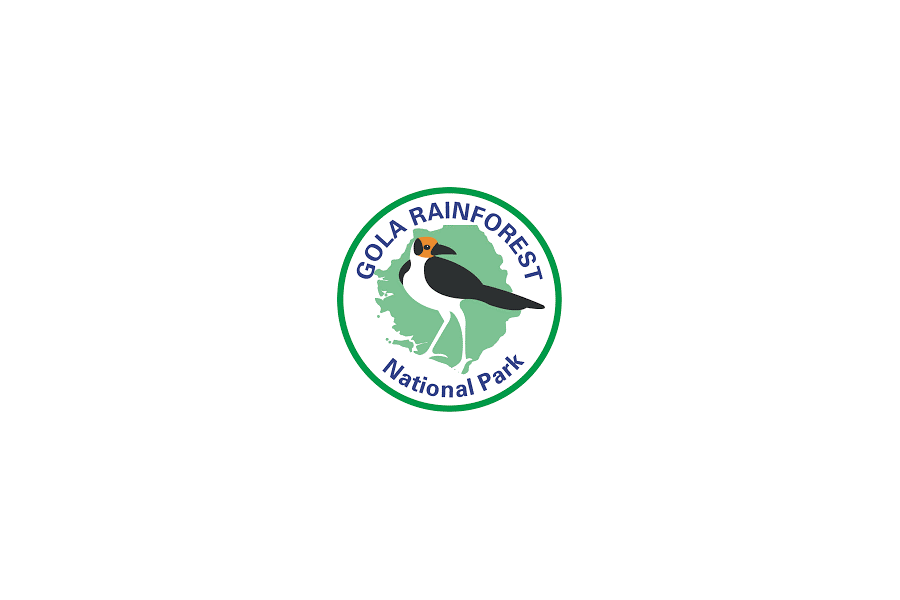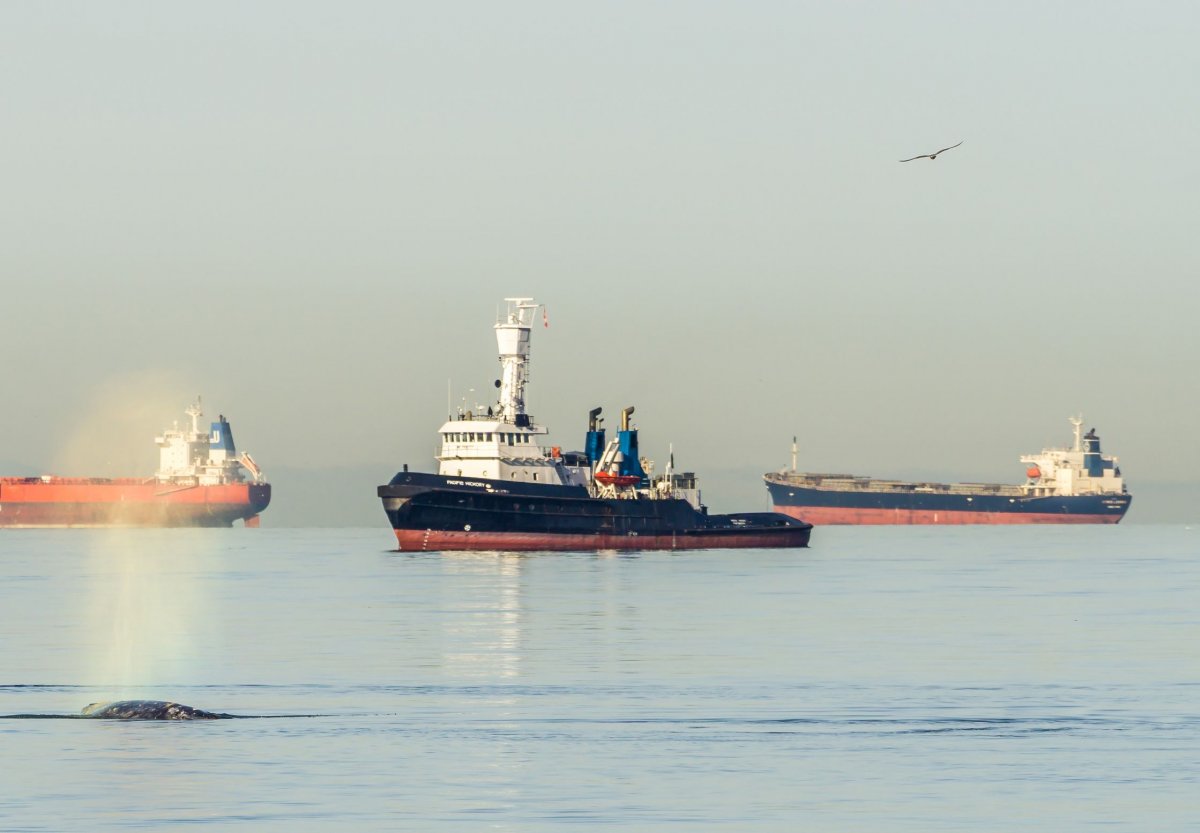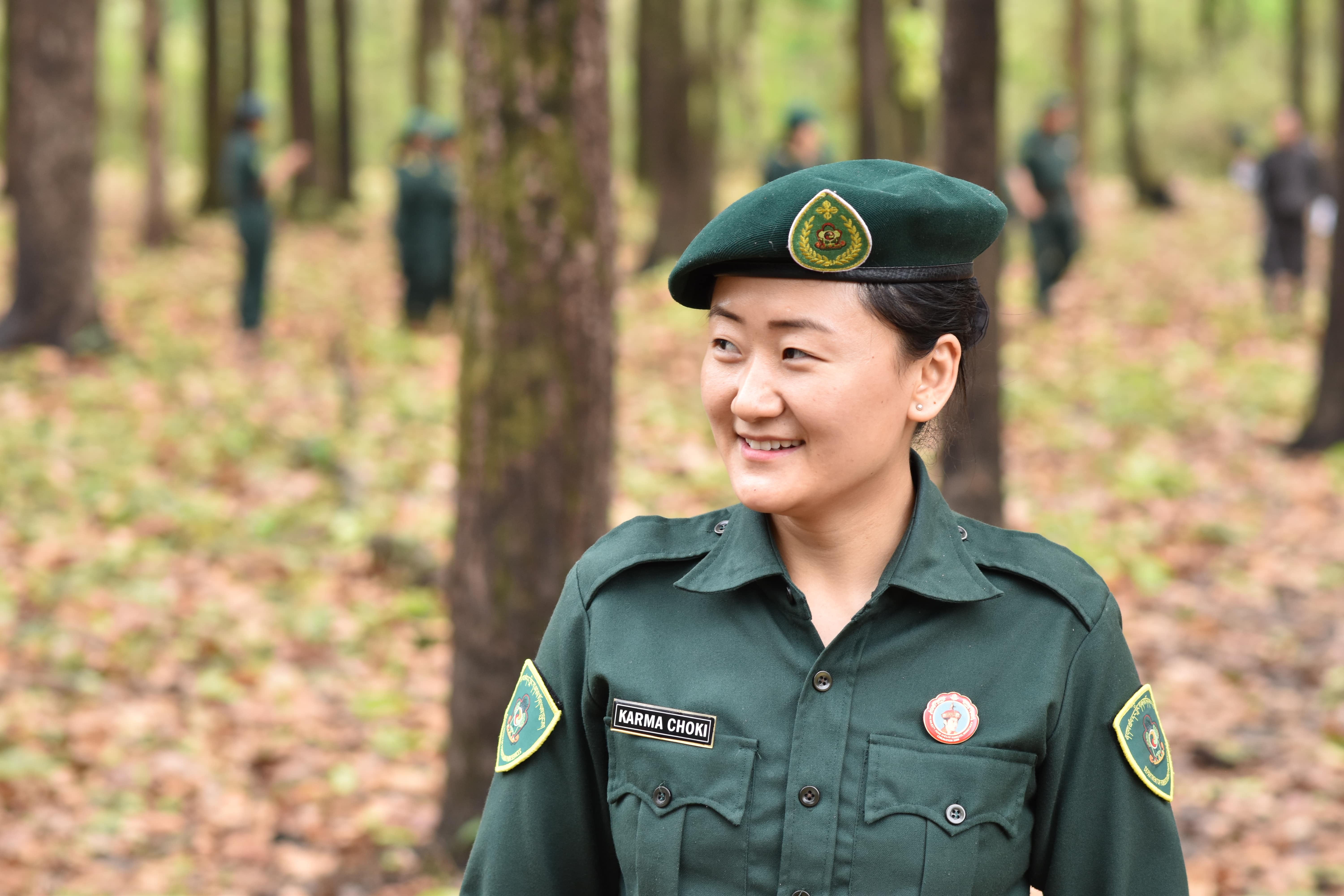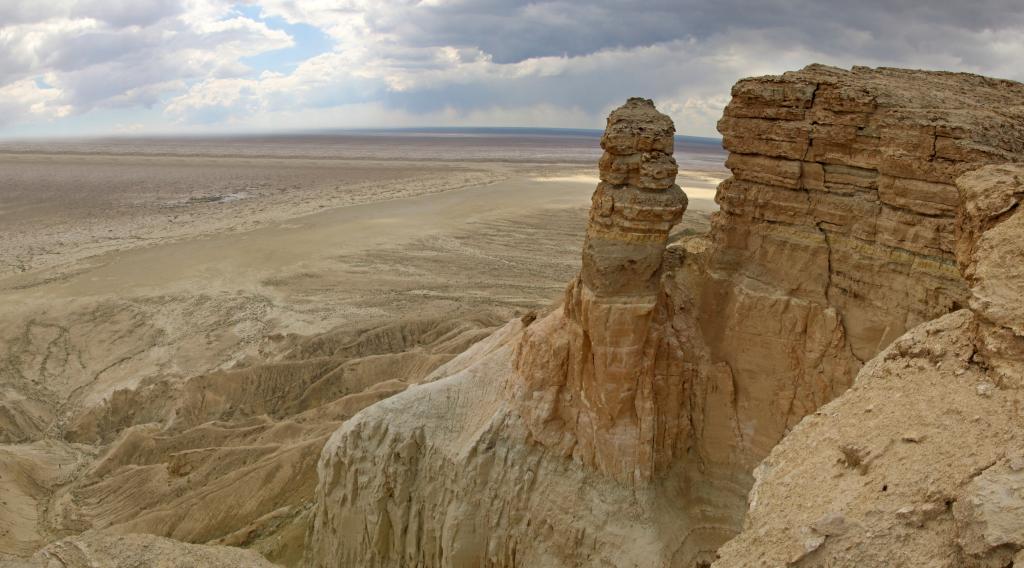Sierra Leone’s “Green Diamond”, the natural jewel unearthed by a public-private partnership
Gola Rainforest National Park, "The Gola", is showing the country and the region how a private conservation group can join forces with a government department to improve protected area programs, by using a public-private partnership (PPP). But this PPP is now being expanded far beyond its borders and into new areas that the original partners probably never anticipated.
The Park encloses over 700 km2 and is classified as a biodiversity hotspot by Conservation International. There are hundreds of bird species present, of which nine face extinction. It is home to the reclusive Pygmy Hippopotamus, chimpanzees, various monkeys, large antelope, and more than 500 butterfly species. The Park is part of the Upper Guinea Forest ecosystem, along the Eastern Province bordering Liberia. It is a survivor of the catastrophes of various human conflicts.
The PPP officially began in 1990 as the Sierra Leone Government's Forestry Division, the Conservation Society of Sierra Leone, and the Royal Society for the Protection of Birds (RSPB) came together as the ‘Gola Forest Program Initiative’.
The PPP has already obtained a major EU carbon credits grant, continually maintained forest boundaries, put in place a new management plan for the area, and is running environmental education programs. Conservation groups working with the partnership are exploring ideas and innovations on how to increase the income of residents of the Gola protected area.
The value of carbon credits
In 2008, a study concluded the area could generate significant income from carbon credits. Several years later, this study allowed a major financial grant from the EU, obtained by the RSPB, to develop the Gola’s carbon credits programme.
How the PPP and the Gola protected area is benefitting its people
All protected areas in Sierra Leone include villages, often with hundreds of people, that depend on the surrounding forest for their livelihood. This naturally leads to extensive hunting and has made residents reluctant in the past to report illegal mining and logging activities.
The carbon credits programme is seen as helpful, but far from sufficient, so other sources of sources of income are a necessity for the residents. The carbon credits programme is only one of several efforts in which the RSPB and other conservation groups are helping this protected area's people.
One of the most promising options is to create farming jobs for the residents, emphasizing activities that do not reduce the conservation value of the area. Among these, harvesting honey, cashew, and cocoa are seen as good choices. These possibilities all involve maintaining multi-story forests, particularly as cocoa and cashew are shade-grown species. Honey farmers are using traditional hives, placed high in trees, which have virtually no negative conservation impact.
Education programs deliver
Education programs target all known relevant groups: children as future leaders through school nature clubs; communities around the protected areas through roadshows and live events; policy makers and the general public through public engagements, including mass media.
All programs are integrated into the lobby and advocacy plan for the park. All efforts are being led by groups that already work with tens of thousands of farmers across the country.
How the Gola and its multinational PPP came about
Officially dedicated on December 3, 2011, by then Sierra Leone President Ernest Bai Koroma, the official opening of the Park shows the seriousness with which the country is taking the protection and management of its natural resources.
The value of the Gola was recognised as early as the 1960s, but the Gola managers struggled to move forward, needing to balance conservation moves with meeting the needs of local residents while facing pressure from extractive industries, especially logging.
In the 1980s, the RSPB launched its part in the long partnership by conducting a biodiversity survey of the Gola that showed the importance of the site, highlighting the threats it faced. Since then, the RSPB has been an official partner in managing the entire area, which now has a conservation centre, trails, tourist facilities, and an ambitious expansion plan.
Finally, in 1990, the PPP gained its official status.
The Future
Gola is set to benefit from the IUCN Green List Standard, the new global guide for successful area-based conservation. It is hoped that the Standard can help identify areas for improvement; for example, through stronger participation of local people, and improved monitoring of nature values.
With a clear pathway to achieve the Standard, and local and international support, Gola could be the first protected area in Sierra Leone to achieve this level of verified success and prestigious recognition.
